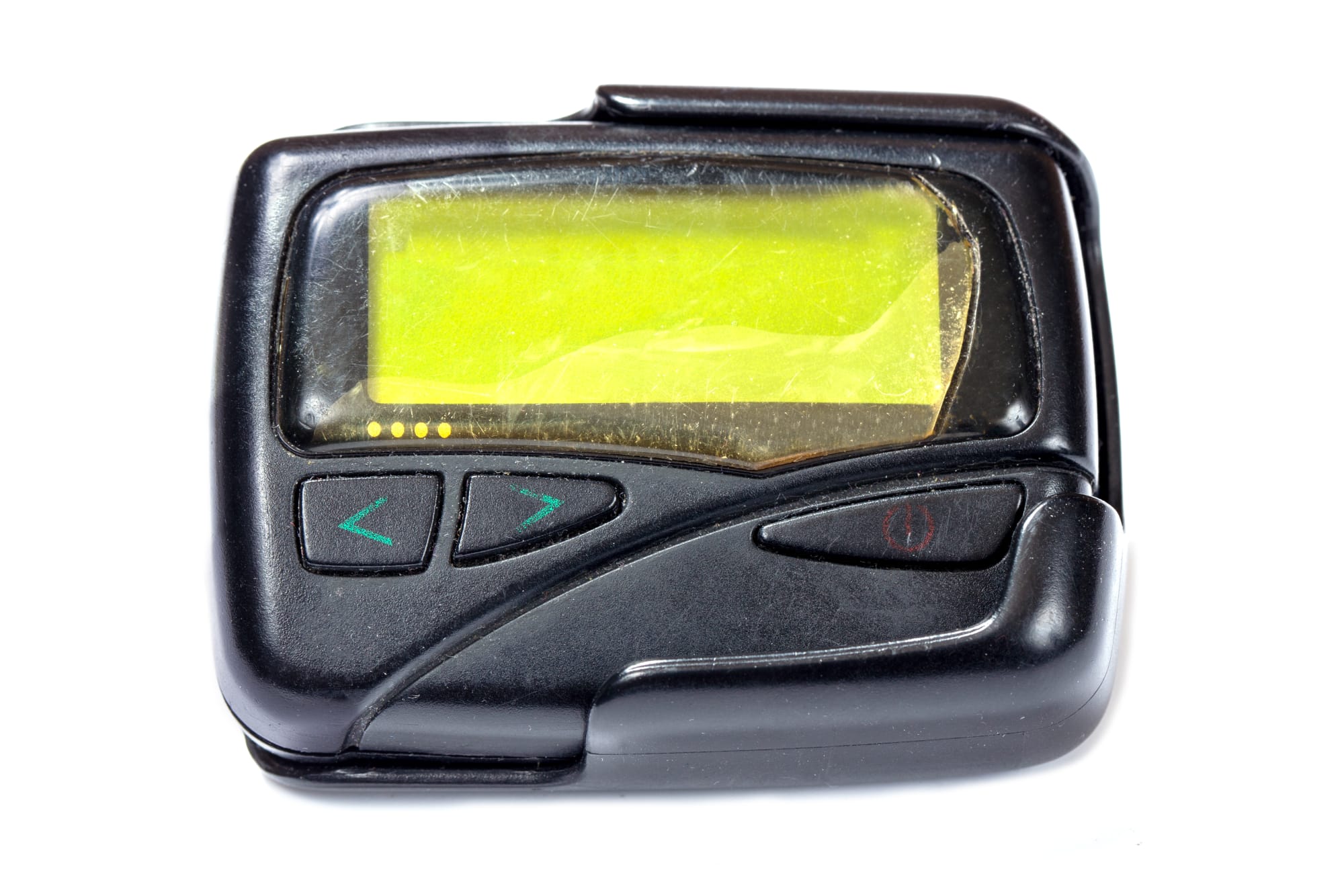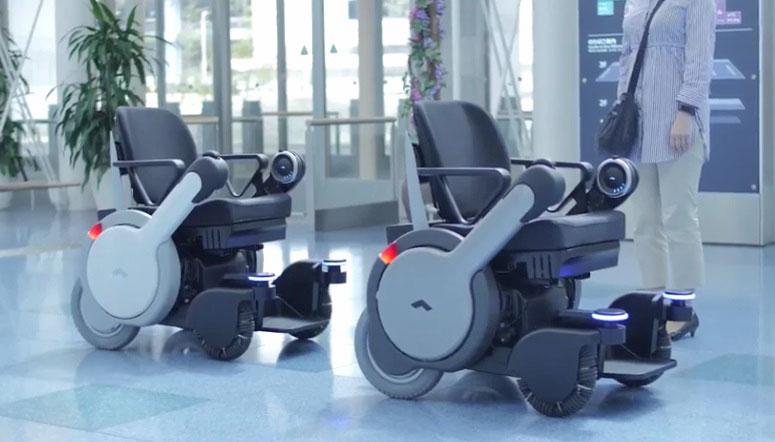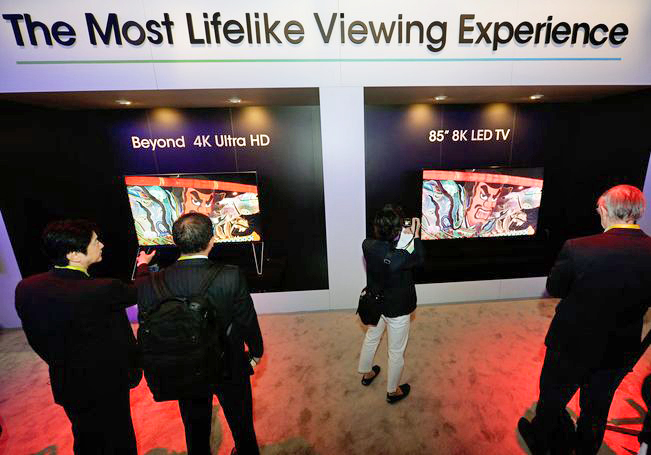
In a sort of reverse-Project Glass, one of DoCoMo's latest prototypes flips its cameras back at the wearer. This hands-free videophone headset ties together seven separate cameras, each recording 720p video from wide-angle lenses. Aside from the single camera pointing behind the user (and beaming the background image), the rest of them point at the users' face, recording different quadrants. These are then composited together, creating a three-dimensional avatar of the user that's then broadcasted to the other caller. The model then nods, blinks, and moves -- all based on the camera footage -- all in real-time.
In its current guise, the bottom half of the face is still composed from high resolution stills captured beforehand, but the program is able to animate the mouth based on the words and tones that the built-in mic picks up. NTT DoCoMo had some lighter, slight less clunky, future prototypes on show, and suggested that the headset could have medical applications, embedding further sensors that could gauge blood pressure, pulse and temperature and possibly broadcast this data during a call to your future physician. Work is currently underway to utilize smaller, higher quality sensors. We take a closer look at CEATEC after the break.
Continue reading NTT DoCoMo hands-free videophone prototype replaces that off-center webcam stare with your digital doppelganger (video)
Filed under: Cameras, Peripherals, Wearables, Alt
NTT DoCoMo hands-free videophone prototype replaces that off-center webcam stare with your digital doppelganger (video) originally appeared on Engadget on Tue, 02 Oct 2012 09:23:00 EDT. Please see our terms for use of feeds.
Permalink | |
Email this |
Comments
 After nearly five decades, Japan is finally ending pagers for good. The last service provider in the country, Tokyo Telemessage, announced that it will terminate its service in September 2019, according to SoraNews24. The company said about 1,500 peo...
After nearly five decades, Japan is finally ending pagers for good. The last service provider in the country, Tokyo Telemessage, announced that it will terminate its service in September 2019, according to SoraNews24. The company said about 1,500 peo...
 After nearly five decades, Japan is finally ending pagers for good. The last service provider in the country, Tokyo Telemessage, announced that it will terminate its service in September 2019, according to SoraNews24. The company said about 1,500 peo...
After nearly five decades, Japan is finally ending pagers for good. The last service provider in the country, Tokyo Telemessage, announced that it will terminate its service in September 2019, according to SoraNews24. The company said about 1,500 peo...
 Passengers with limited mobility will soon be able to navigate airports more easily thanks to Panasonic's robotic electric wheelchair. Developed as part of a wider program to make Japan's Haneda Airport more accessible to all, the wheelchair utilizes...
Passengers with limited mobility will soon be able to navigate airports more easily thanks to Panasonic's robotic electric wheelchair. Developed as part of a wider program to make Japan's Haneda Airport more accessible to all, the wheelchair utilizes...
 If you want to broadcast a TV show in 8K resolution, then you're going to need a whole room full of computers to encode the image. After all, a regular machine would struggle to process the 60, 35-megapixel images that need to be crunched every secon...
If you want to broadcast a TV show in 8K resolution, then you're going to need a whole room full of computers to encode the image. After all, a regular machine would struggle to process the 60, 35-megapixel images that need to be crunched every secon...
 Japanese mobile giant NTT DoCoMo has revealed that it quietly tested its futuristic smart clothing during Indycar races last year. The firm teamed up with driver Tony Kanaan to create a version of its Hitoe garment that's suitable for use in the spor...
Japanese mobile giant NTT DoCoMo has revealed that it quietly tested its futuristic smart clothing during Indycar races last year. The firm teamed up with driver Tony Kanaan to create a version of its Hitoe garment that's suitable for use in the spor...

















